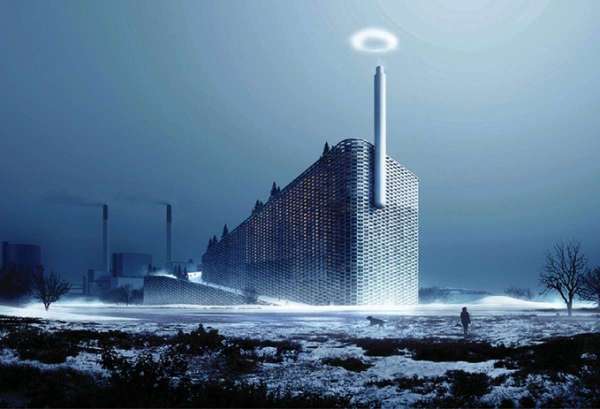Scientists at the George Washington University have managed to figure out a process in which they can literally grow carbon nanofibers out of thin air, using solar power.
Not only that, they do it using carbon dioxide — you know, that gas that contributes heavily to climate change? Using two electrodes, they pump power into a mixture of molten salt; lithium carbonate and lithium oxide. Then, carbon dioxide from the air reacts with the lithium oxide, producing carbon nanofibers — with more lithium carbonate and oxygen as byproducts.
The carbon nanofibers can then be used for a wide range of products or further processes. But beyond getting a useful material out of it, getting rid of carbon dioxide, if done on a large scale, could be beneficial for climate change. Unfortunately, they haven’t figured out how to do that just yet…
Continue reading “And For My Next Trick, I’ll Be Pulling Carbon Nanofibers Out Of Thin Air!”



 The lack of traces between the two pushed [Jamie’s] curiosity past the tipping point. He didn’t have access to any nitric acid which is used in the customary chemical decapping process. He did, however, have access to a laser cutter. It turns out that
The lack of traces between the two pushed [Jamie’s] curiosity past the tipping point. He didn’t have access to any nitric acid which is used in the customary chemical decapping process. He did, however, have access to a laser cutter. It turns out that 


















